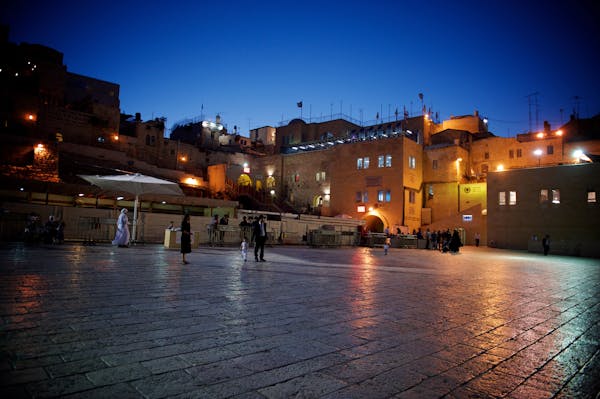On the 20th of March 1980, a shallow 4.2 magnitude earthquake rocked Mount Saint Helens, a dormant volcano located in the Pacific Northwest of the United States. The volcanic mountain had been dormant since the 1840s and 1850s but this new earthquake signaled that the sleeping giant was stirring after a century of hibernation.
Over the next few weeks the volcano showed more and more signs of not only being awake but preparing for a major eruption. Government officials began to warn residents who lived on the mountain that they needed to prepare for evacuation but no one listened.
By the beginning of April the north face of the mountain began to bulge as a result of intruding magma which remained invisible just beneath the surface. This was followed by explosions of ice, ashes and rock which sullied the pristine snowfall crusting the top of the mountain, turning it into thick grey sludge.
At this stage officials ordered residents to evacuate. The majority heeded the warning but there were a few who resisted the orders. Among them was a homeowner who wasn’t willing to abandon his home and a handful of campers who didn’t really believe they were in imminent danger.
On the 18th of May at 8:32 a.m. Pacific Standard time the volcano erupted, causing the north slope to fall away in the largest recorded landslide in history. The wall of ice and debris raced down the hill at 500 miles an hour, torn loose by an earthquake that shook the mountain during the eruption.
Fifty-seven people lost their lives.
The truth is no one needed to die on the mountain that day. If everyone paid attention to the signs around them and listened to the warnings issued by the authorities there wouldn't have been a single casualty.
Signs are important. They give us direction, alert us to danger, and provide guidance in an emergency. We need them but more importantly, we need to pay attention to them.

